Hidden gem: New York’s secret art jeweller uncovered
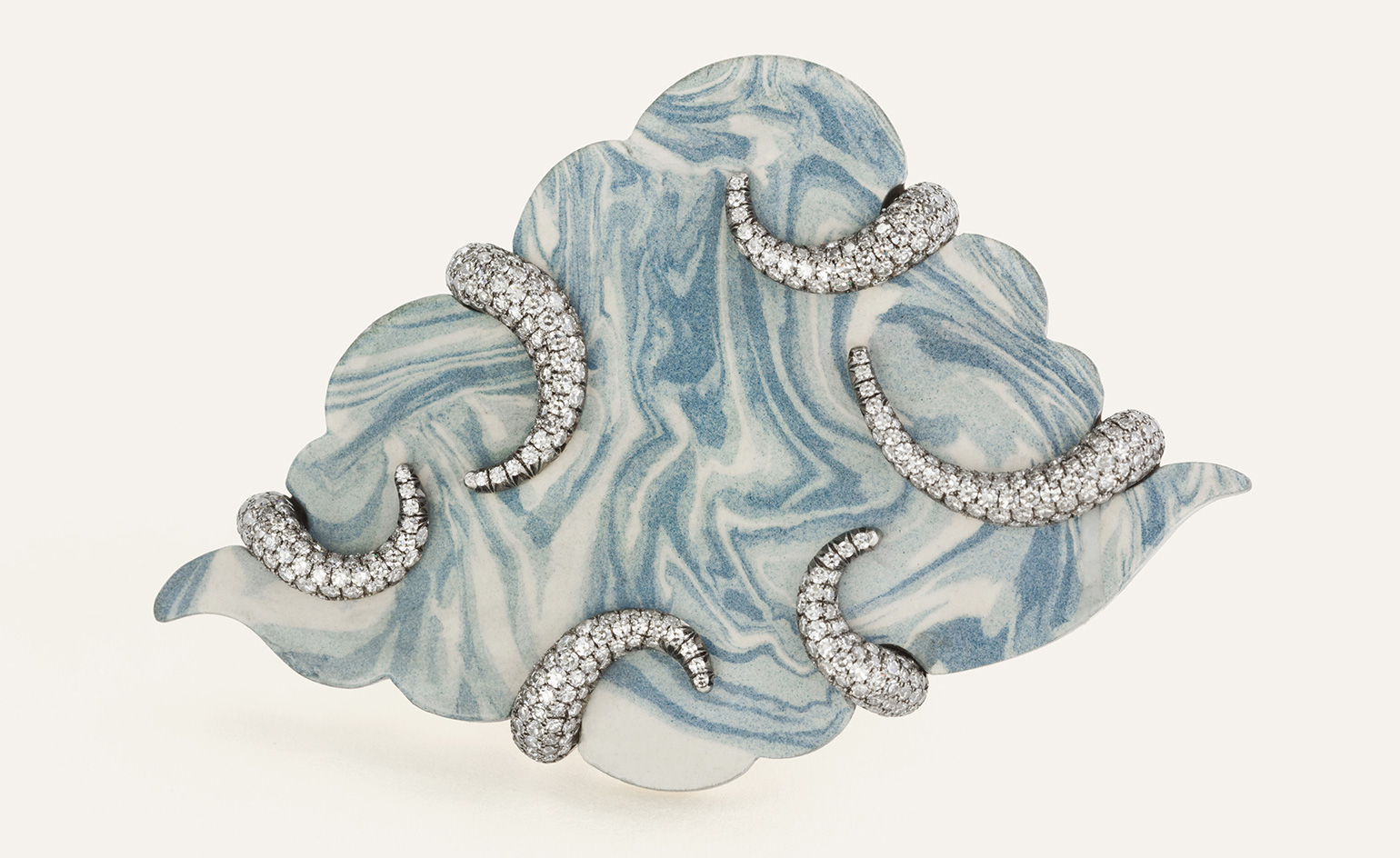
There’s something about a Taffin jewel that always makes you look twice. Not because you might like it but rather, because you’re not sure that you do. While the narrative drive of founder and designer James de Givenchy’s jewels is mostly obvious, as in a bird or a flower, they have a fine-art intrigue that’s not always easy to grasp at first glance.
This month, the launch of Taffin: the Jewellery of James de Givenchy, published by Rizzoli, presents a rare opportunity to contemplate the 20-year archive of the Taffin jewellery designer up close. Because de Givenchy works on a private, commission-only basis, his designs are not generally in the public realm.
In a foreword to the book, Tobias Meyer, famed auctioneer and former head of contemporary art at Sotheby’s, reveals the kind of client that Taffin has attracted in his two decades of design.
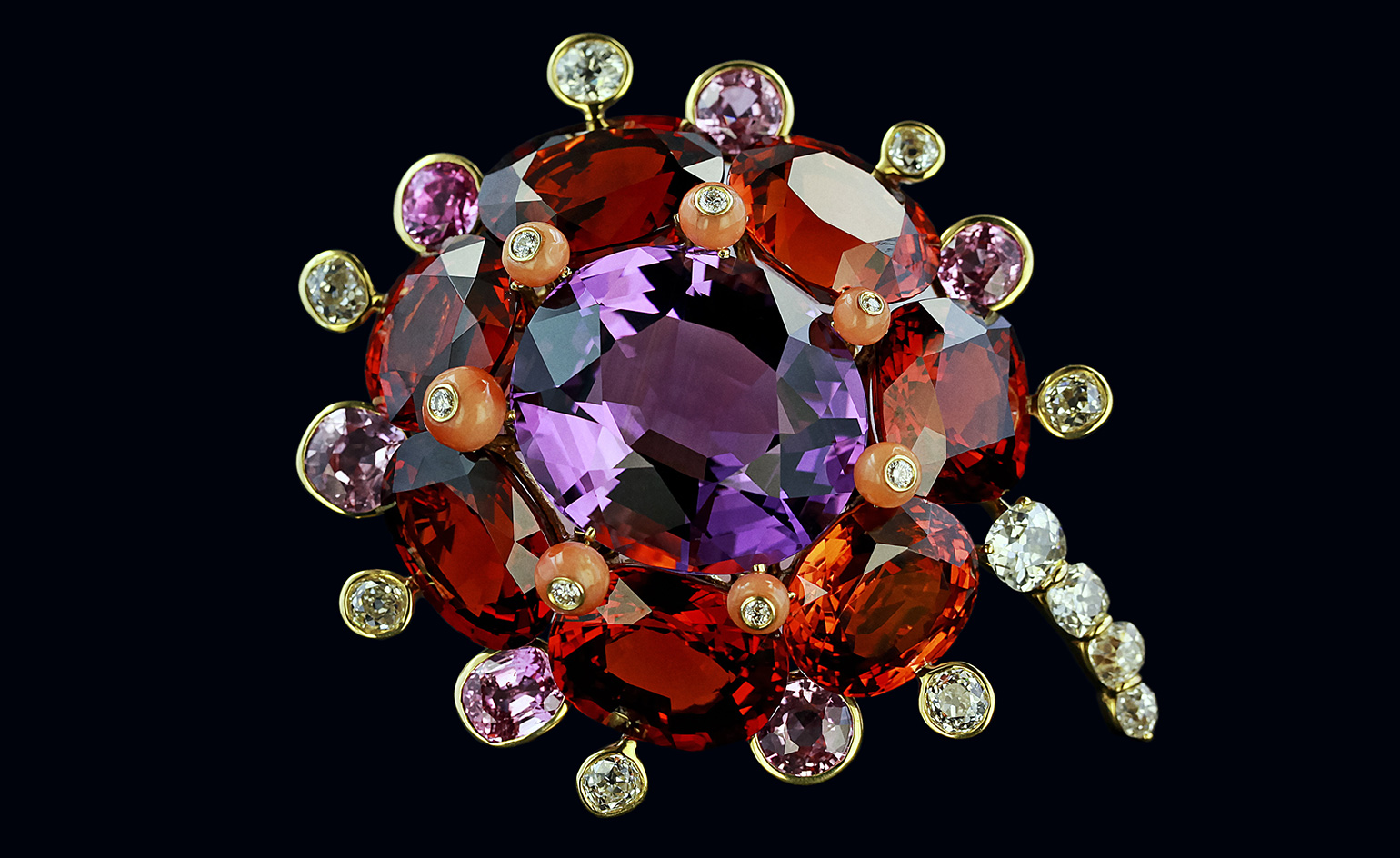
Amethyst, spessartite garnet, natural Burmese pink sapphire, old-mine cut diamond, coral and gold 'flower' pin, created in 2004
'During one exhibition, in New York in 1997, Frances Bowes and her late husband came in and I noticed she was wearing an interesting ring. She has exquisite taste in everything, from Twombly to Richter to jewellery,' Meyer recalls. 'I liked the mount and stone: a large greenish-yellow diamond in a Peruzzi cut. She told me that she had found it in a necklace at auction and had a young jewellery designer named James de Givenchy remake it as a ring.'
The nephew of couturier Hubert de Givenchy, James established Taffin in New York in 1996. Having studied graphic design at the Fashion Institute of Technology, it is perhaps his visual-arts background that injects Taffin jewels with an almost comic-book fascination. That de Givenchy also spent time at Christie’s, as head of its West Coast jewellery department, and is a former vice president of Verdura, brings a museum-like quality to the mix.
In fact, the craftsmanship and execution of Taffin jewels is so exceptional as to make their character arguably more compelling than whimsical (though the book, unnecessarily, focuses a tad too much on the latter). As such, an emerald brooch looks like a sea urchin made of rocket-shaped baroque pearls; spessarites, garnets and sapphires are set like a sticky cluster of jelly sweets; while precious and non-noble materials such as glass, wood and plastic are fused, creating a fine-art sensibility.
Though French, de Givenchy creates and produces everything in the USA. You’ll always know a Taffin jewel when you see one – if you ever get the chance – but if ever in any doubt, look for the unique Statue of Liberty stamp: a wry celebration of de Givenchy’s French and American influences.
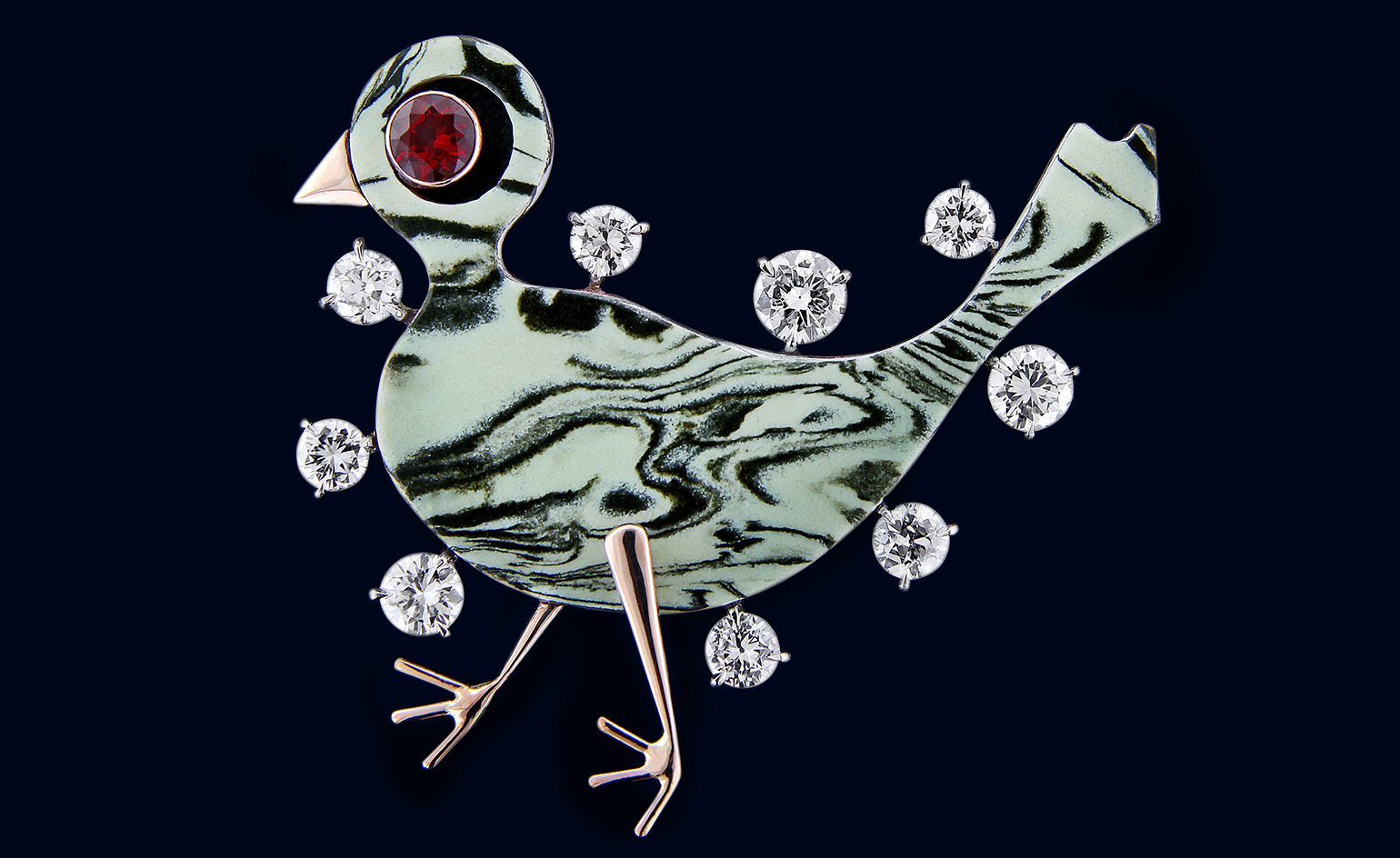
Diamond, anaesine, Apt faience and gold 'dove' pin, created in 2010

Peridot, American freshwater pearl and gold 'flower' pin, created in 2000
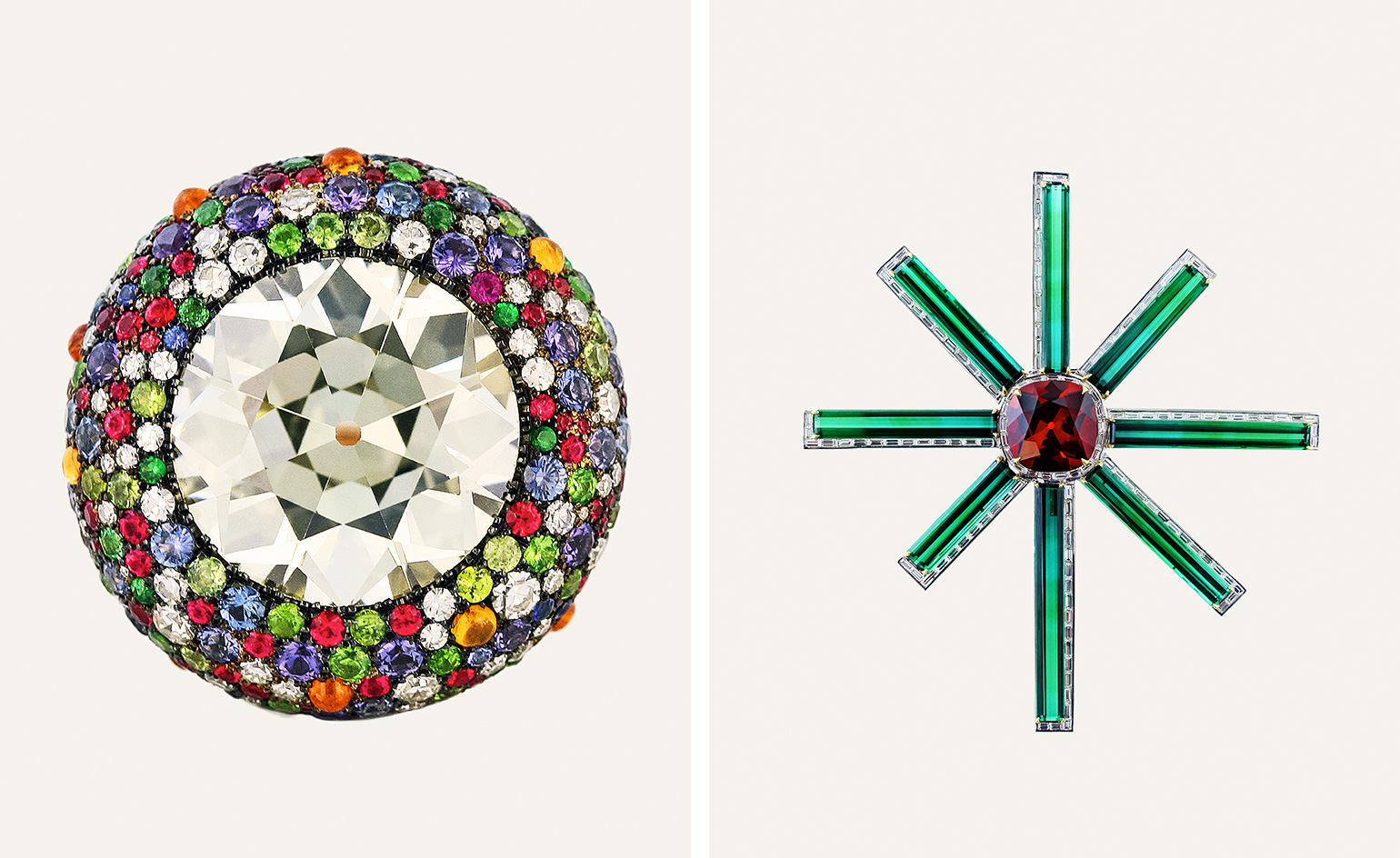
Left: old-mine cut diamond, coloured gemstones, diamond and gold ring, created in 2014. Right: spessartite garnet, tourmaline, diamond and gold pin, created in 2004
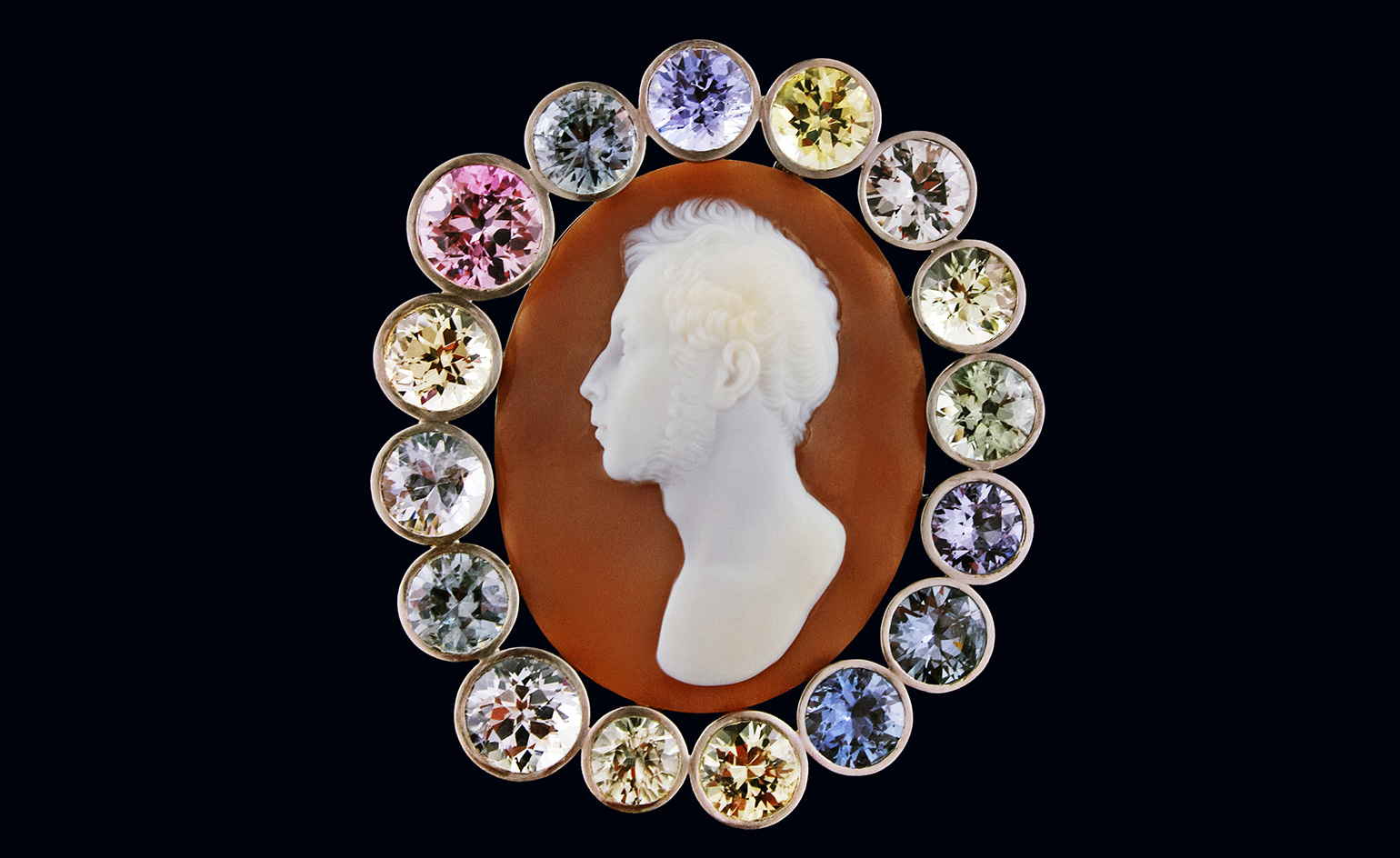
Carved agate cameo by Saulini, Burmese sapphire and platinum pin, created in 2001
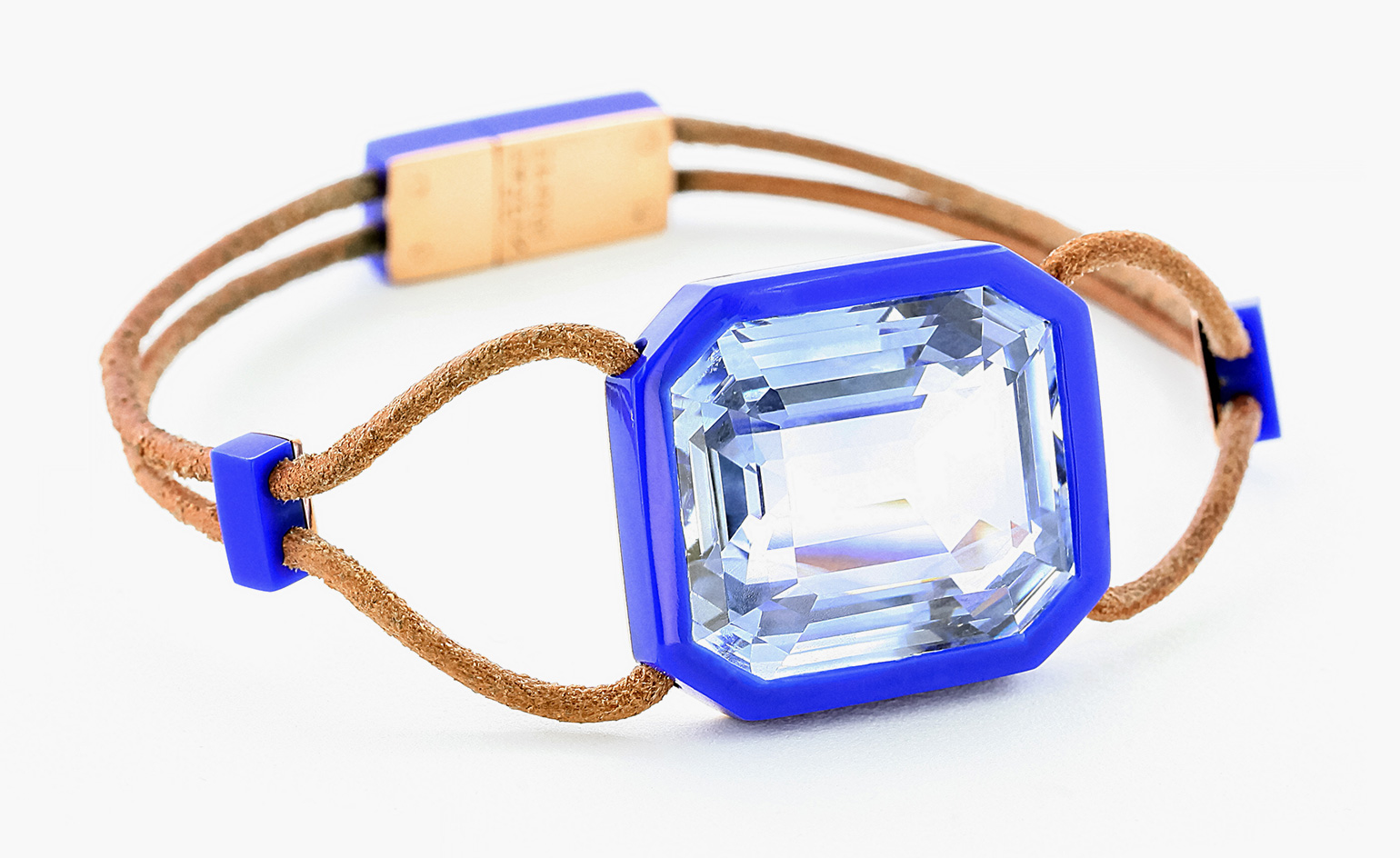
Pale-blue sapphire, ceramic and gold bracelet on leather, created in 2016
INFORMATION
Taffin: the Jewellery of James de Givenchy, $150, published by Rizzoli. For more information, visit the website
Receive our daily digest of inspiration, escapism and design stories from around the world direct to your inbox.
Caragh McKay is a contributing editor at Wallpaper* and was watches & jewellery director at the magazine between 2011 and 2019. Caragh’s current remit is cross-cultural and her recent stories include the curious tale of how Muhammad Ali met his poetic match in Robert Burns and how a Martin Scorsese Martin film revived a forgotten Osage art.
-
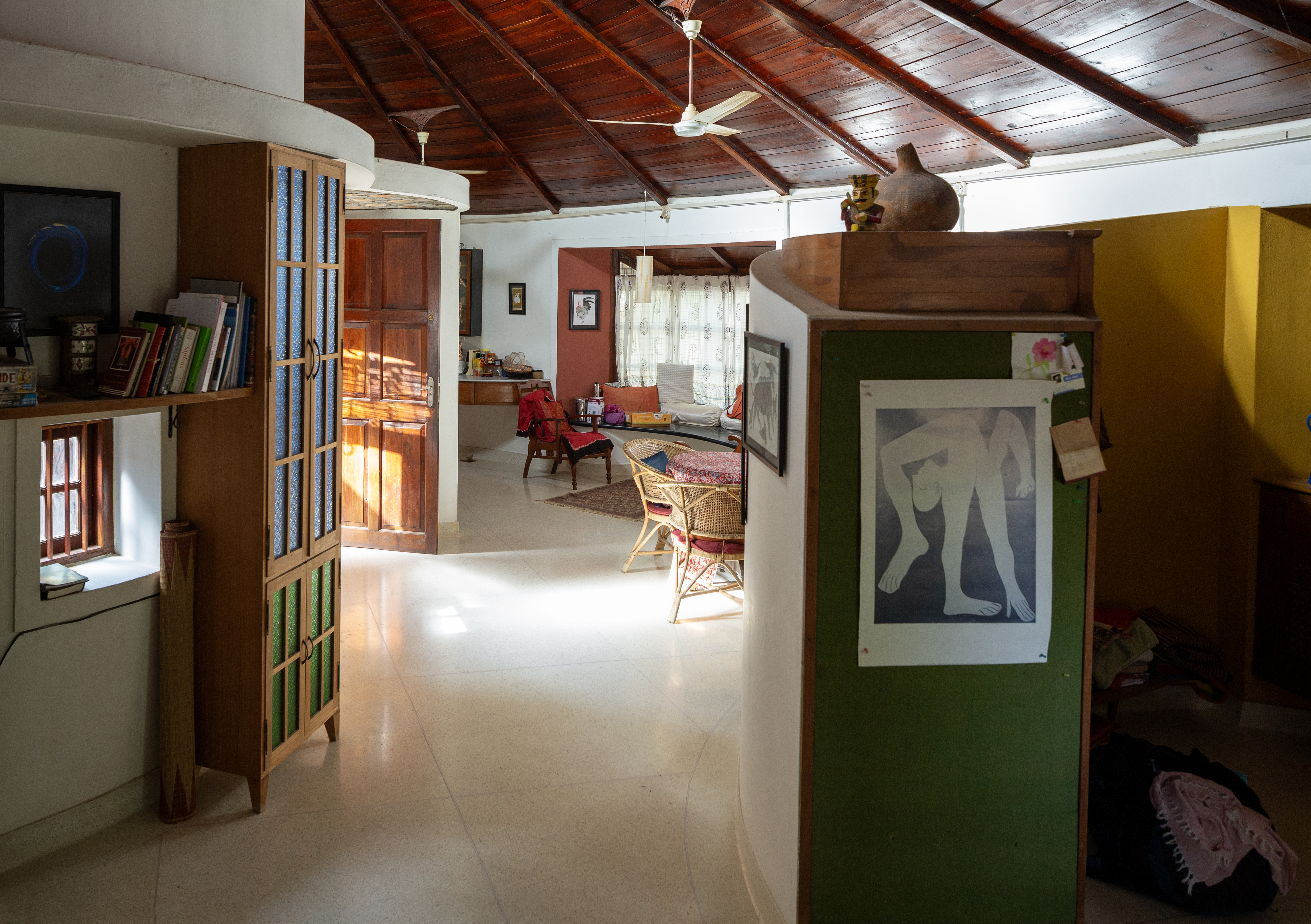 Inside a creative couple's magical, circular Indian home, 'like a fruit'
Inside a creative couple's magical, circular Indian home, 'like a fruit'We paid a visit to architect Sandeep Virmani and social activist Sushma Iyengar at their circular home in Bhuj, India; architect, writer and photographer Nipun Prabhakar tells the story
-
 Ten of the best track jackets for channelling a 1970s-meets-1990s cool
Ten of the best track jackets for channelling a 1970s-meets-1990s coolAs a ‘Marty Supreme’ track jacket makes a bid for viral garment of 2025 – thanks to one Timothée Chalamet – the Wallpaper* style team selects ten of the best tracksuit and coach jackets for men and women, each encapsulating an easy, nostalgia-tinged elegance
-
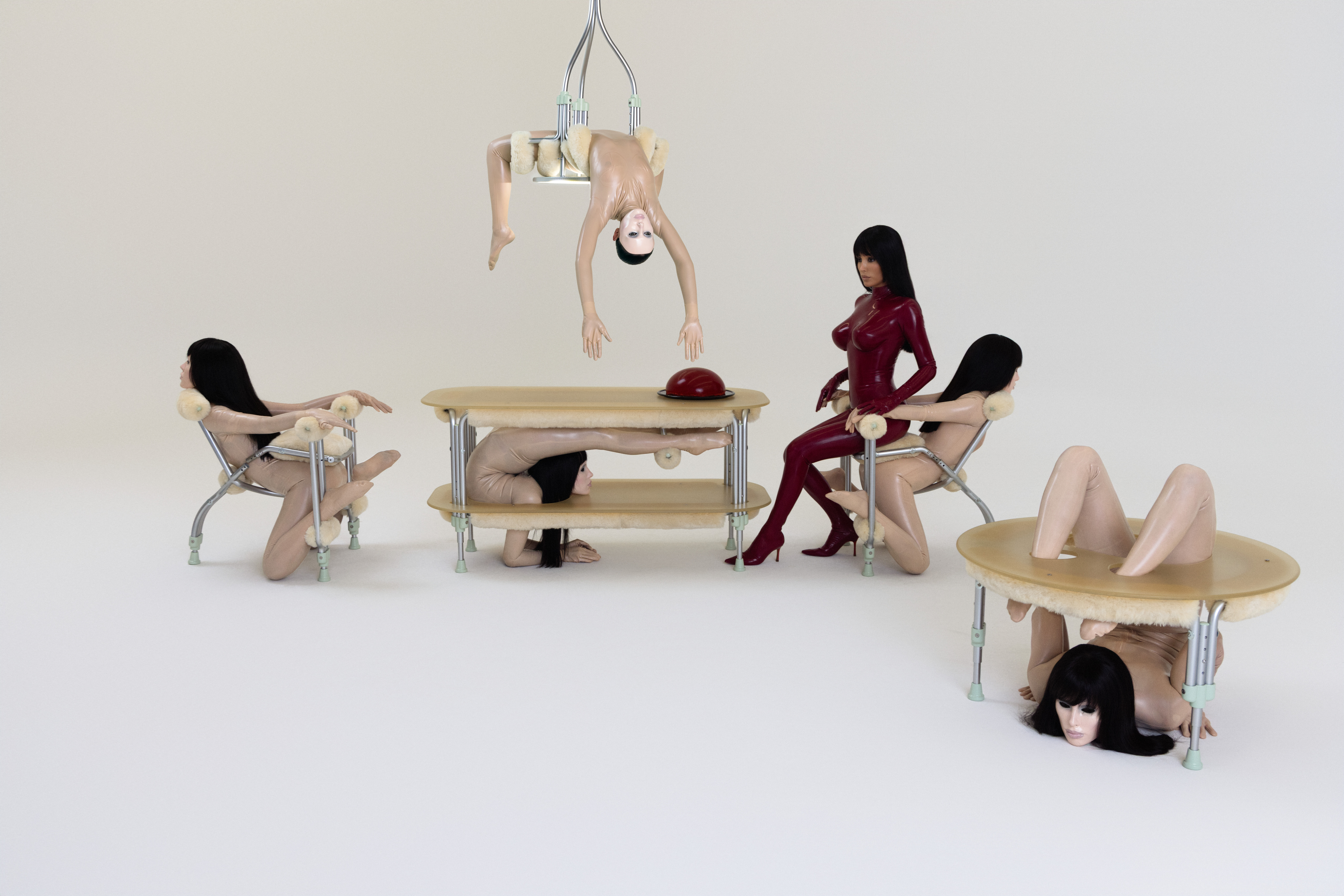 Eight questions for Bianca Censori, as she unveils her debut performance
Eight questions for Bianca Censori, as she unveils her debut performanceBianca Censori has presented her first exhibition and performance, BIO POP, in Seoul, South Korea
-
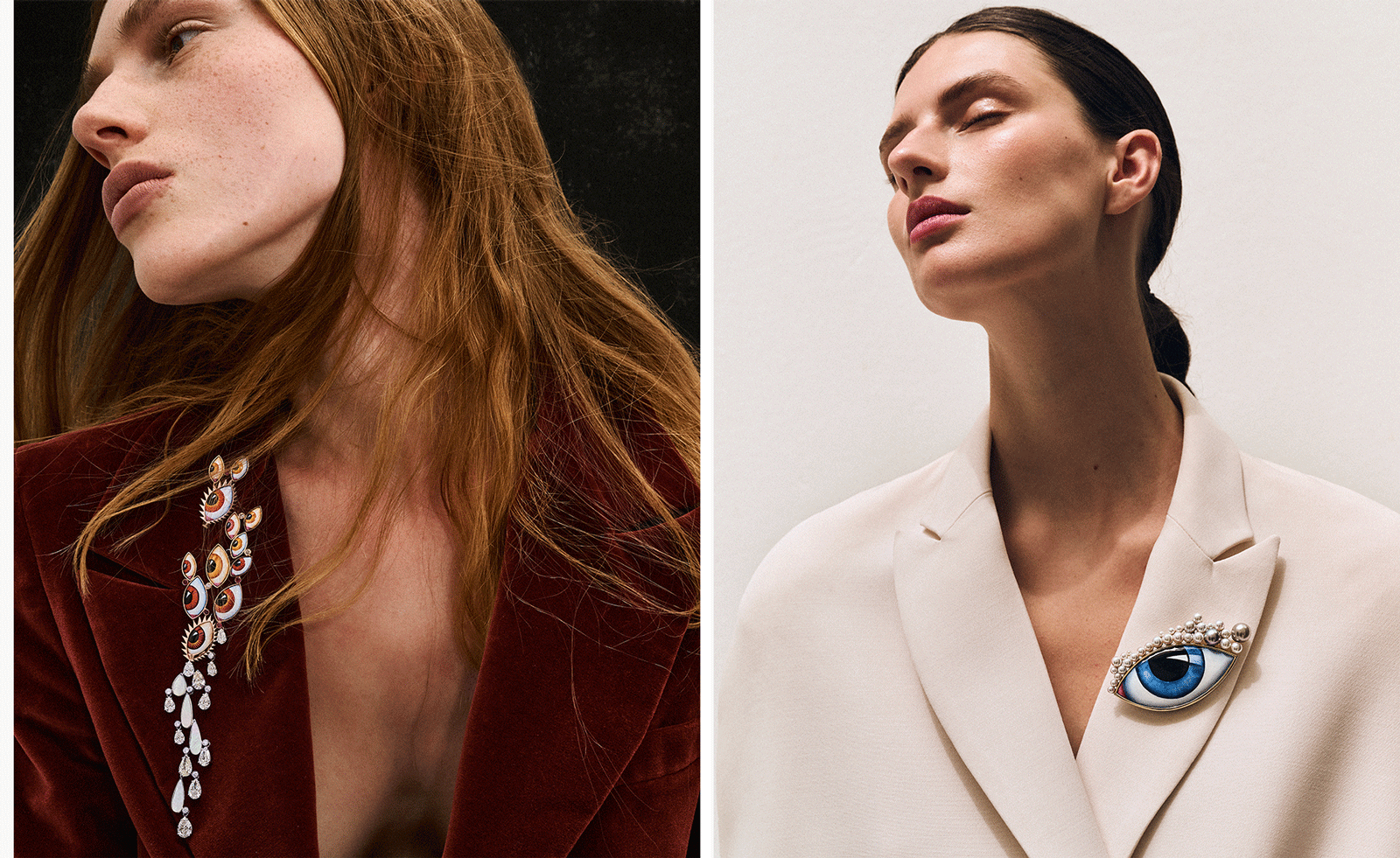 All eyes on Greek jewellery brand Lito as it launches bold new amulets to mark its 25 years
All eyes on Greek jewellery brand Lito as it launches bold new amulets to mark its 25 yearsStriking amulets, seductive stones and secret messages characterise Lito's striking new anniversary collection, an extension of its ‘Tu es Partout’ series
-
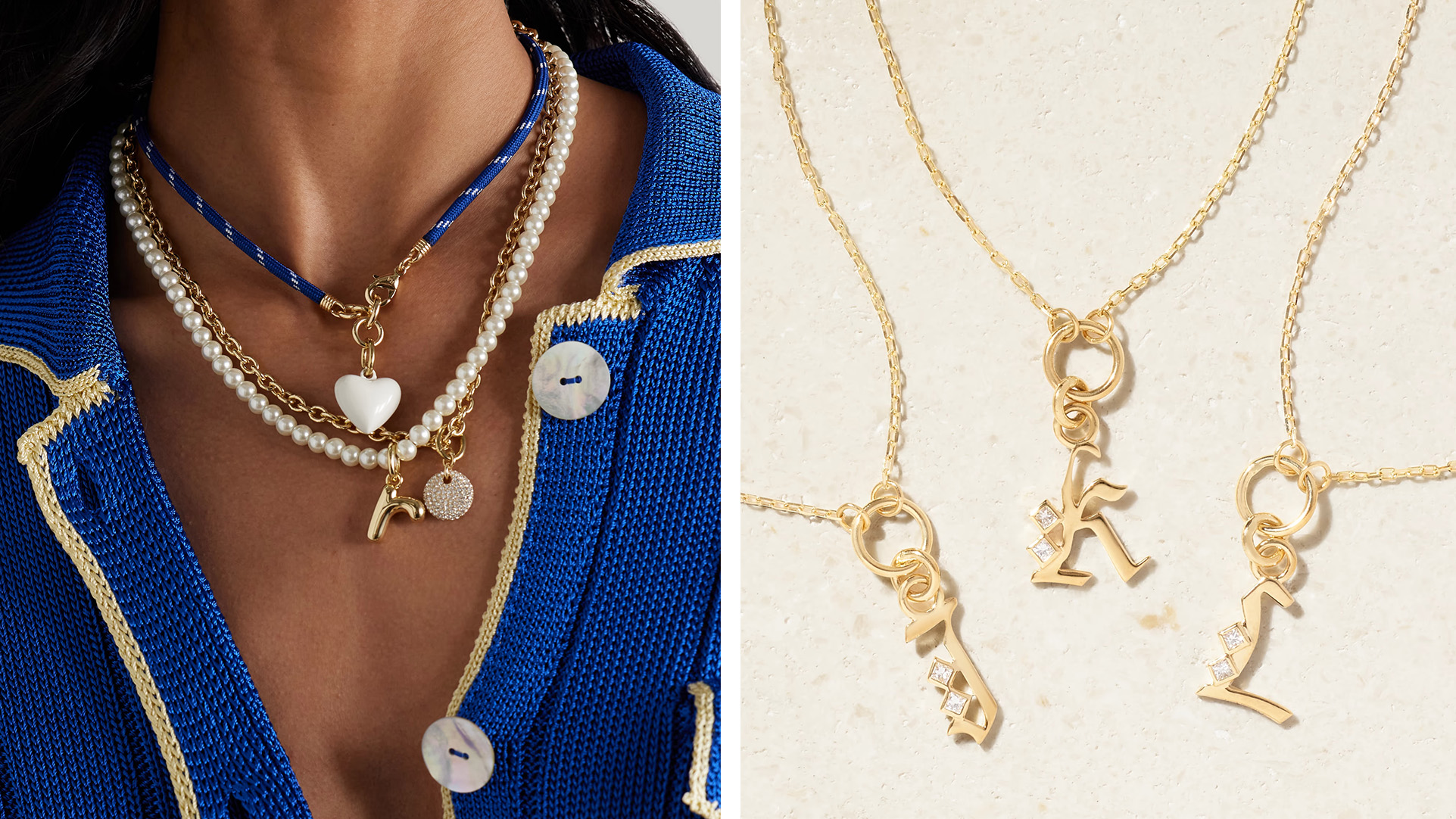 The best layering necklaces for an elevated yet casual look
The best layering necklaces for an elevated yet casual lookHow to mix, match and stack jewellery for the ultimate high-energy, low-effort style
-
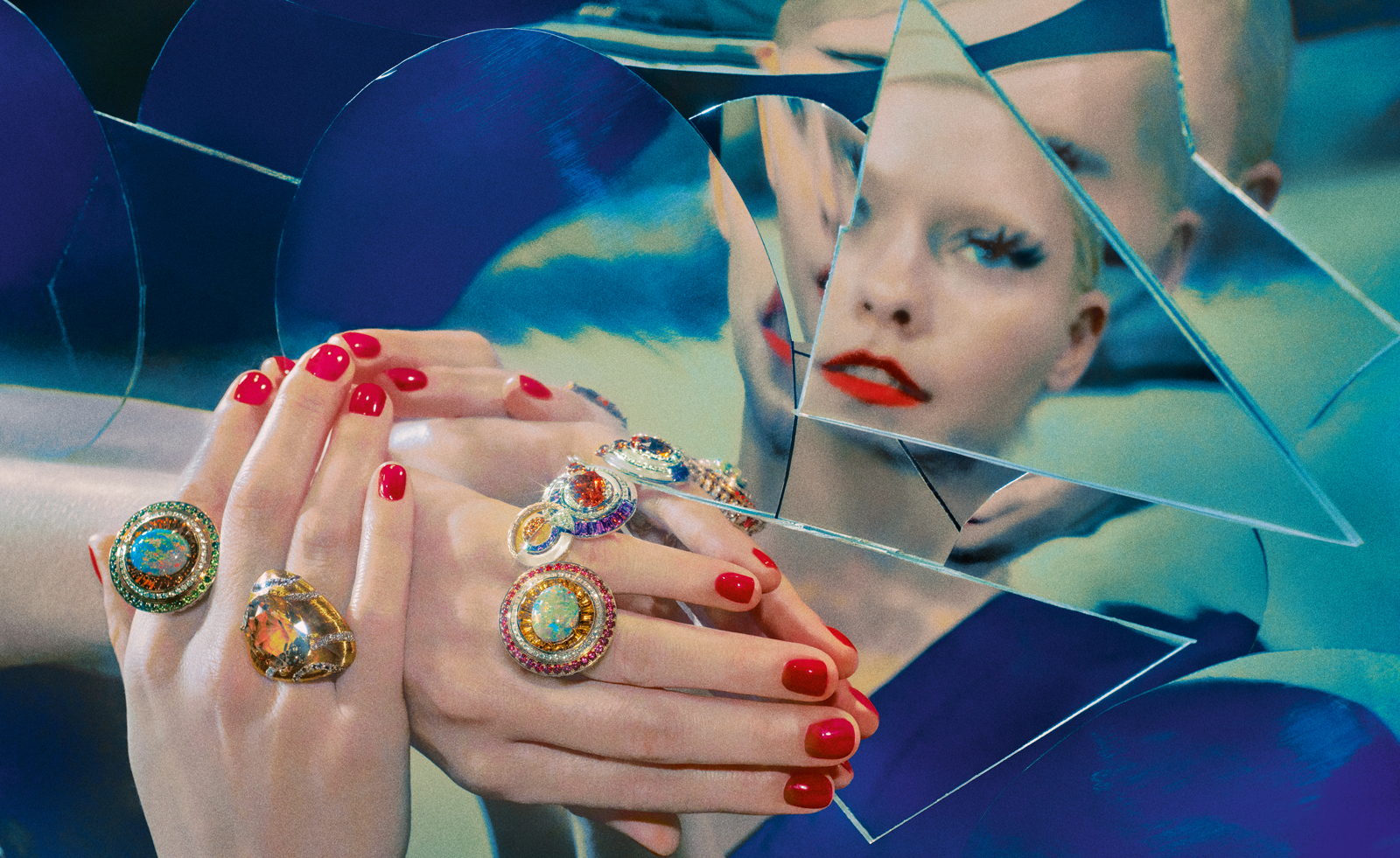 Chaumet’s new book celebrates its most memorable collaborations with photographers
Chaumet’s new book celebrates its most memorable collaborations with photographers'Chaumet: Photographers’ Gaze' unites jewellery editorials and campaigns captured by major photographers. Co-author Carol Woolton tells us of the ‘addictive' Chaumet archive
-
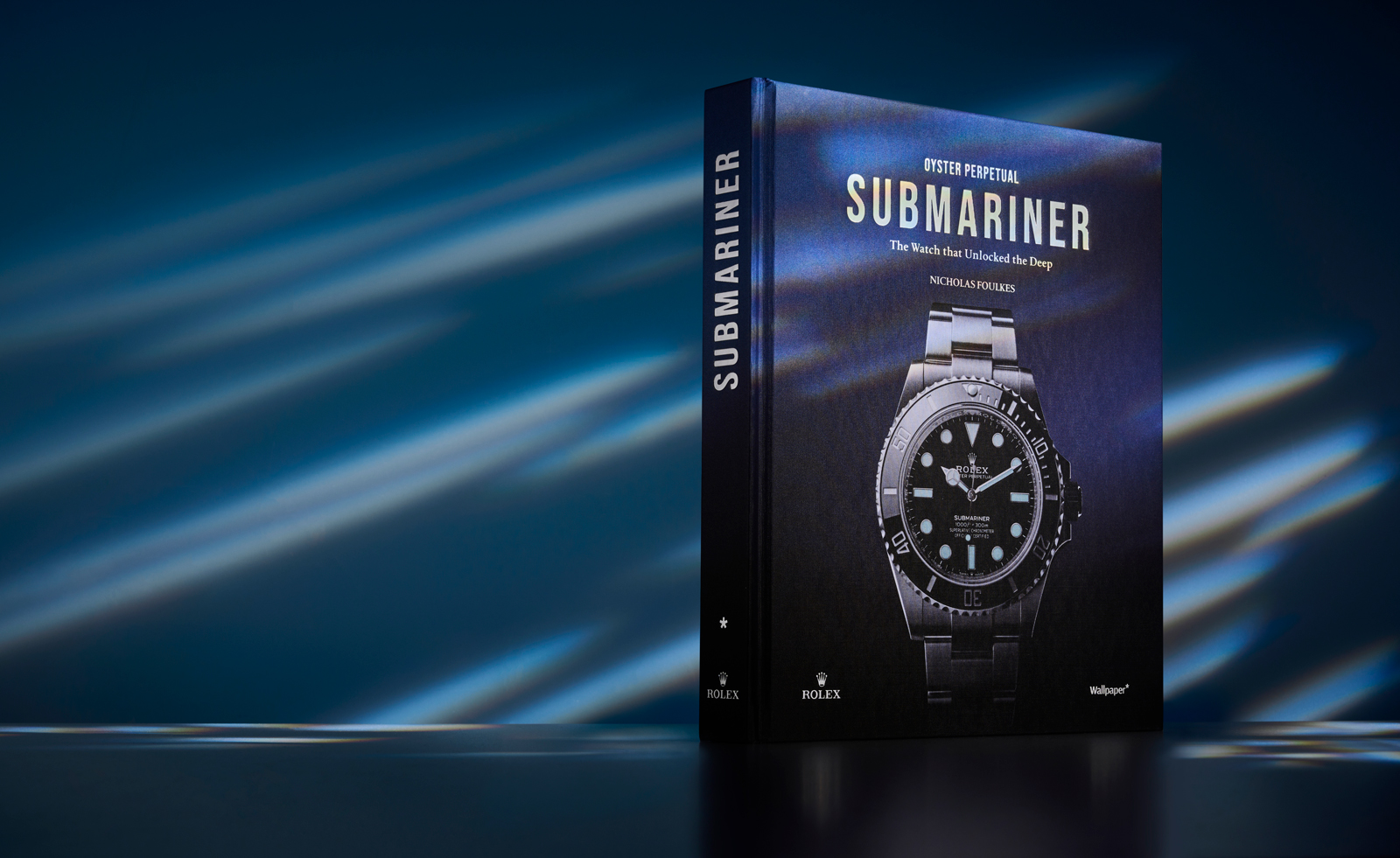 Rolex and Wallpaper* present the first authorised history of the Submariner watch
Rolex and Wallpaper* present the first authorised history of the Submariner watchRolex and Wallpaper* partner to publish ‘Oyster Perpetual Submariner – The Watch that Unlocked the Deep’, written by Nicholas Foulkes. The launch includes a silk-bound limited edition, available now
-
 Late summer jewels: what to wear at Golden Hour
Late summer jewels: what to wear at Golden HourLate summer signals a jewellery style-shift. These independent designers have got it covered
-
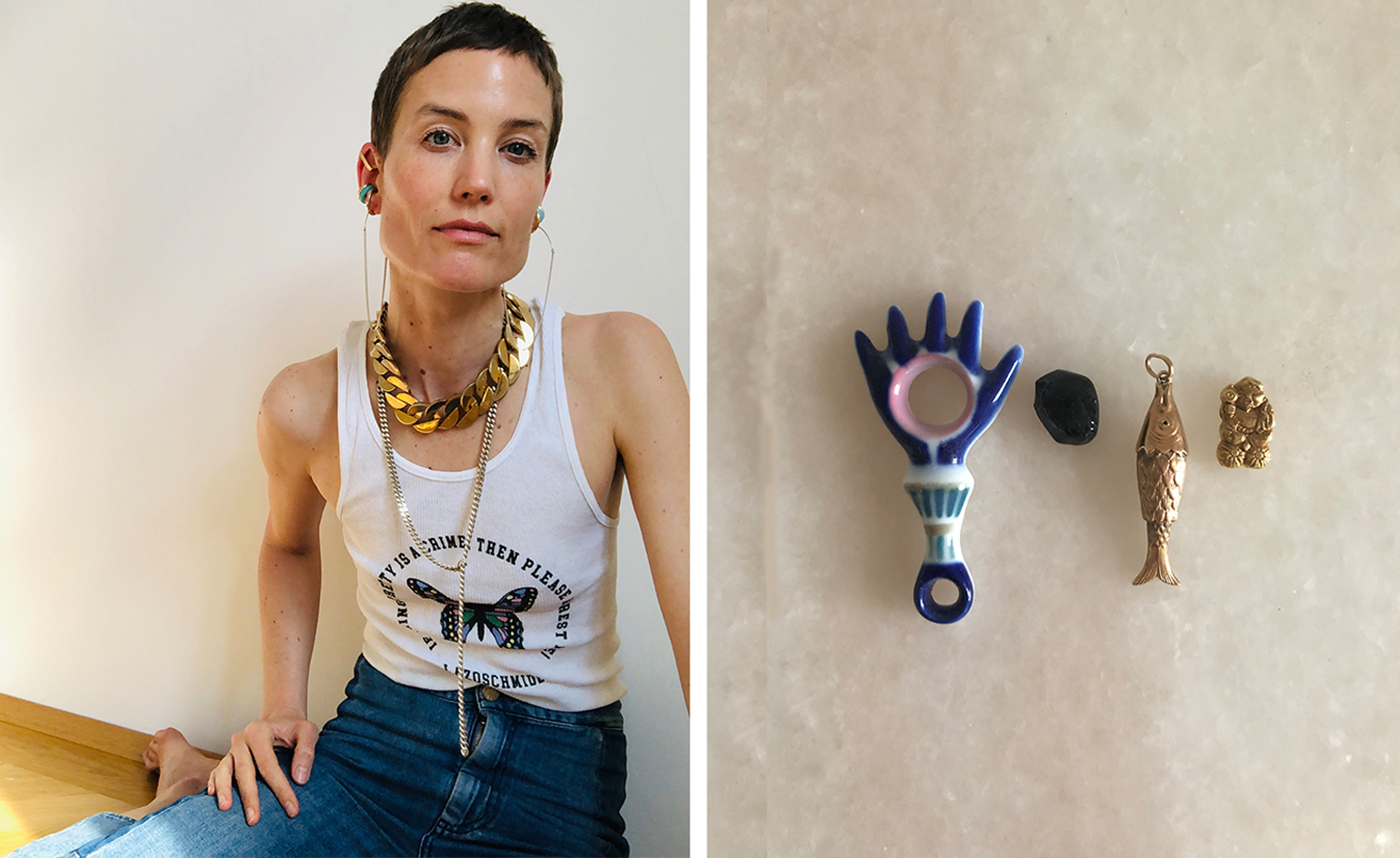 Jewellery designers share their most precious personal pieces
Jewellery designers share their most precious personal piecesA host of jewellers give us a peek at the jewellery which brings them joy and solace
-
 Hair jewellery to covet and collect
Hair jewellery to covet and collectToday’s hair jewellery is both practical and pretty. We're pinning our hopes on these simple and elegant accessories
-
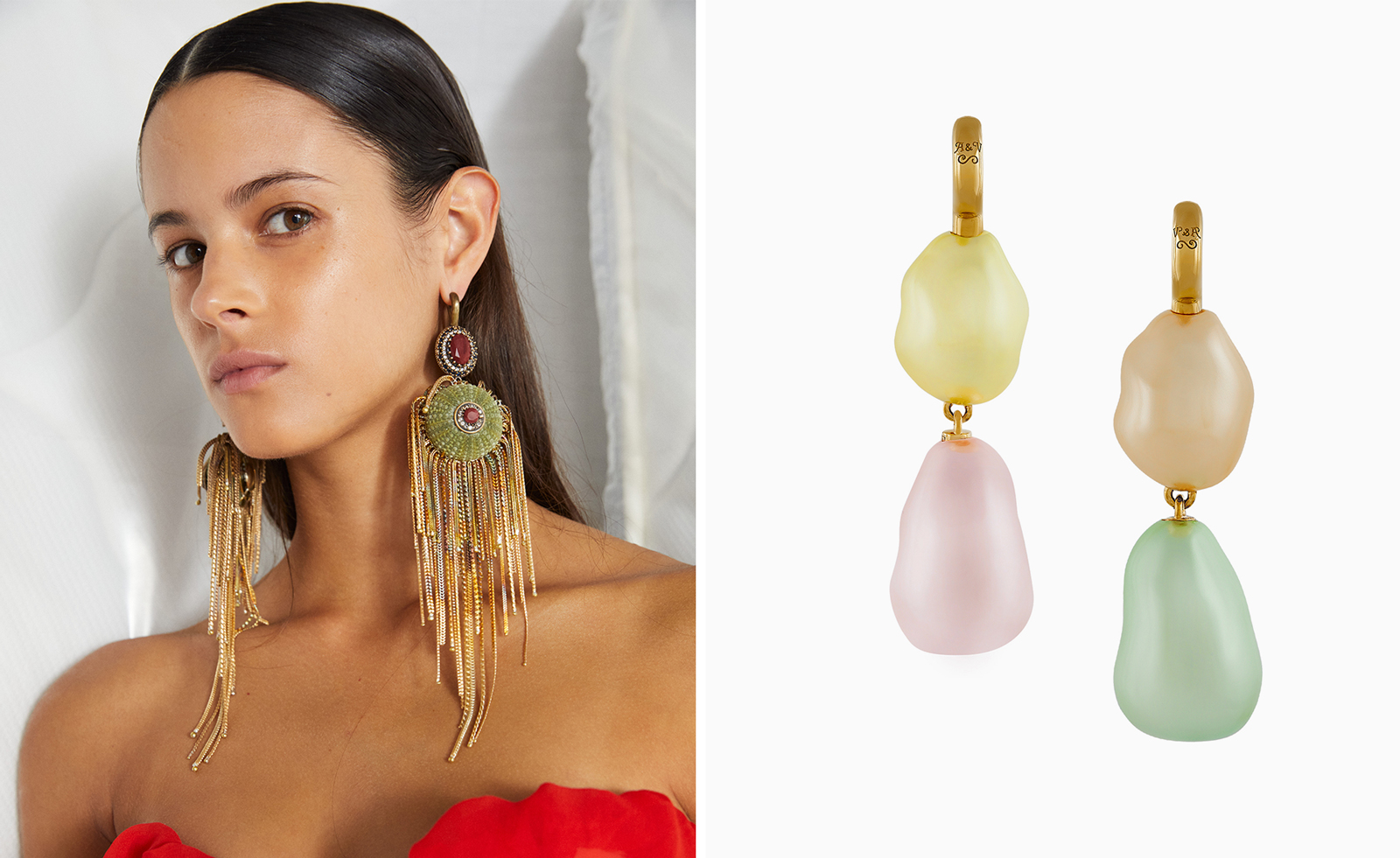 Andreas Kronthaler’s costume jewellery for Vivienne Westwood is fun, flirty and fabulous
Andreas Kronthaler’s costume jewellery for Vivienne Westwood is fun, flirty and fabulousAndreas Kronthaler’s new jewellery draws on romantic and theatrical motifs